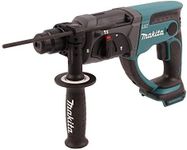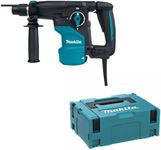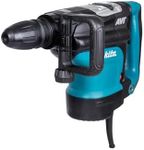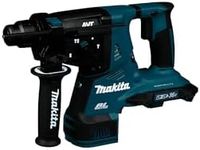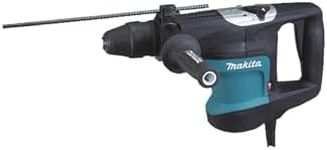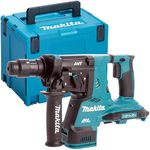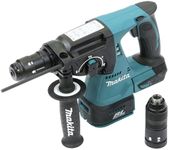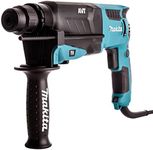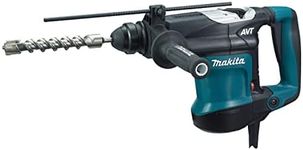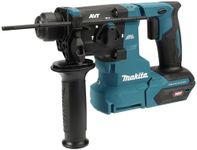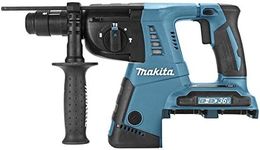Buying Guide for the Best Makita Rotary Hammers
Choosing the right rotary hammer can make a significant difference in your construction or DIY projects. Rotary hammers are powerful tools designed for heavy-duty drilling and chiseling in hard materials like concrete, stone, and masonry. To find the best fit for your needs, it's essential to understand the key specifications and how they impact the tool's performance. Here are the main specs to consider when selecting a Makita rotary hammer.Power (Wattage)Power, measured in watts, indicates the tool's ability to handle tough materials. Higher wattage means more power and better performance in demanding tasks. For light to medium tasks, a rotary hammer with 500-800 watts is sufficient. For heavy-duty applications, look for models with 800-1500 watts. Choose based on the intensity and frequency of your projects.
Impact Energy (Joules)Impact energy, measured in joules, determines the hammer's ability to break through tough materials. Higher impact energy means more force per blow. For light chiseling and drilling, 1-2 joules is adequate. For medium to heavy-duty tasks, 2-4 joules is better. For the most demanding jobs, consider models with 4-10 joules. Match the impact energy to the material hardness and project scale.
Drilling CapacityDrilling capacity refers to the maximum diameter the tool can drill into different materials. This is usually specified for concrete, steel, and wood. For occasional home use, a capacity of up to 20mm in concrete is sufficient. For professional use, look for capacities of 20-40mm. Ensure the capacity aligns with the typical sizes of holes you need to drill.
Speed (RPM)Speed, measured in revolutions per minute (RPM), affects how quickly the tool can drill. Higher speeds are useful for drilling smaller holes, while lower speeds are better for larger holes and tougher materials. Variable speed settings offer more control. Choose a model with adjustable speeds if you need versatility for different tasks.
WeightWeight impacts the ease of use and maneuverability of the rotary hammer. Lighter models (2-4 kg) are easier to handle for extended periods and overhead work. Heavier models (4-8 kg) provide more stability and power for heavy-duty tasks. Consider your physical strength and the nature of your projects when selecting the weight.
Vibration ControlVibration control features reduce the amount of vibration transmitted to your hands, making the tool more comfortable to use and reducing fatigue. This is especially important for prolonged use. Look for models with advanced vibration control if you plan to use the tool frequently or for extended periods.
Modes of OperationRotary hammers often come with multiple modes: drilling, hammer drilling, and chiseling. Drilling mode is for wood and metal, hammer drilling for concrete, and chiseling for demolition. Having multiple modes increases the tool's versatility. Choose a model with the modes that match your typical tasks.
